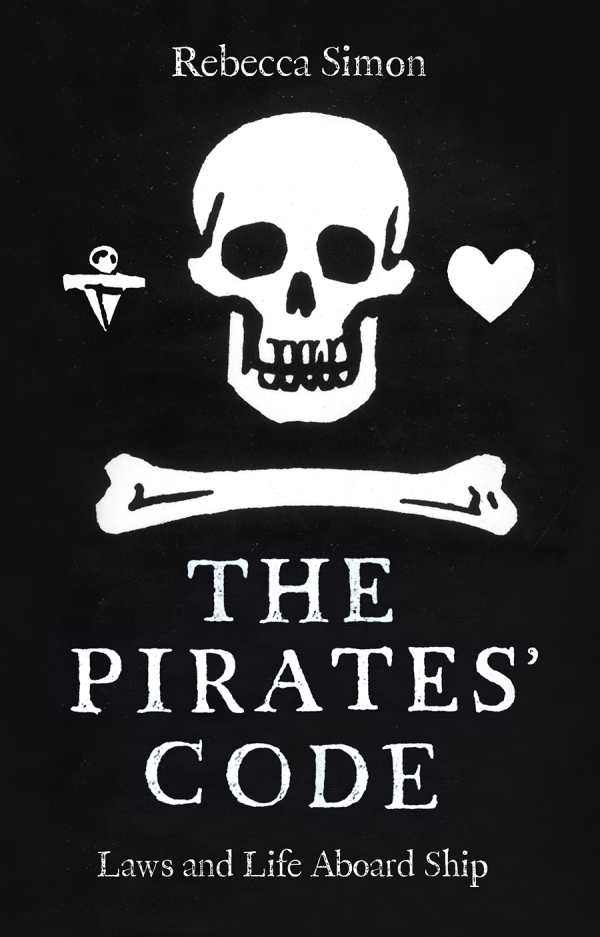The Pirates' Code
Laws and Life aboard Ship
Arguing that pirates did more than lawlessly pillage the high seas, Rebecca Simon’s fascinating book The Pirates’ Code reveals their rules of engagement—and the steep consequences of eschewing these.
There were heavy implications to pirating life, Simon says. Pirates were considered outlaws; if caught, they could be tried and sentenced to death, whether they were pressed into service or joined of their own volition. Thus, a pirate ship’s articles had to be signed by all men serving on the vessel. These rules included compensation rates, security for loss of digits or limbs, punishments for vices, and a mercy clause.
Two of the surviving articles are from Captains George Lowther and Edward Low; they serve as the book’s foundation and proffer its chapter headings. From these rules, the book explores pirate history and culture. Simon acknowledges the bloody realities of pirate life, sharing tales of clubhauling, cannibalism, and carousing. She also highlights legendary pirates, including Captain Kidd, Blackbeard, and Stede Bonnet, alongside references to pirates in pop culture. Historical drawings, maps, and photographs complement the text.
Perfect for fans of Black Sails or Our Flag Means Death, The Pirates’ Code is an engaging book that demythologizes pirates, exploring the historical underpinnings of their rogue sailing lives.
Reviewed by
Dontaná McPherson-Joseph
Disclosure: This article is not an endorsement, but a review. The publisher of this book provided free copies of the book to have their book reviewed by a professional reviewer. No fee was paid by the publisher for this review. Foreword Reviews only recommends books that we love. Foreword Magazine, Inc. is disclosing this in accordance with the Federal Trade Commission’s 16 CFR, Part 255.

